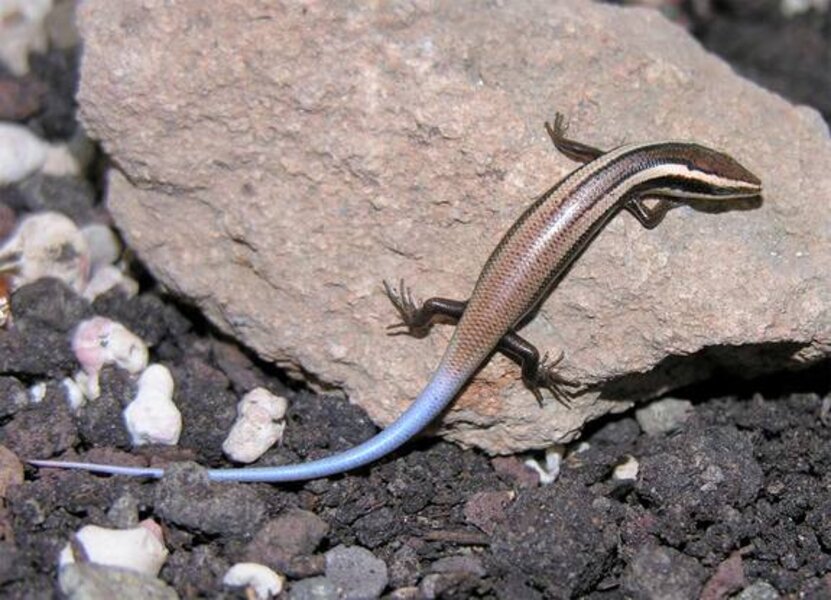Scientists discover 24 new lizard species in Caribbean
Loading...
A suite of lizards called skinks have just crawled into the science books, with researchers discovering 24 new species of the reptiles from the Caribbean islands.
Many of the skink species were identified from museum specimens, and now, the researchers say half of the newbies may be extinct or close to extinction, with the others threatened with extinction, said lead study researcher Blair Hedges, a professor of biology at Penn State University.
The researchers examined the specimens using DNA and the appearances of the animals, including the number and shape of their scales, to identify them. Of the 39 species they identified from the Caribbean, six were already known and nine had been named long ago but not considered valid until now.
New World skinks, like those identified, arrived in the Americas about 18 million years ago from Africa, possibly by floating on mats of vegetation. Their claim to fame comes from their ability to produce a humanlike placenta, the organ that connects growing offspring to essential nutrients from the mama.
"While there are other lizards that give live birth, only a fraction of the lizards known as skinks make a placenta and gestate offspring for up to one year," Hedges said in a statement.
As pregnancy can slow an animal down, this lengthy gestational period may have given skinks' predators a competitive edge; they think the small Indian mongoose (Urva auropunctata) — an invasive species introduced by farmers in the 19th century to control rats in sugarcane fields — is responsible for the loss of many skink species. [Infographic: How Long Are Animals Pregnant?]
"Our data show that the mongoose, which was introduced from India in 1872 and spread around the islands over the next three decades, has nearly exterminated this entire reptile fauna, which had gone largely unnoticed by scientists and conservationists until now," Hedges said.
In fact, data show a sharp decline in skink populations soon after the introduction of the mongoose.
As for why such a large number of skink species have gone unnoticed for so many years, Hedges offered two explanations. "First, Caribbean skinks already had nearly disappeared by the start of the 20th century, so people since that time rarely have encountered them and therefore have been less likely to study them," he said.
In addition, some key features that distinguish between species had been overlooked, he said. These included various characteristics of body proportion, scalation as well as coloration and patterning.
The research, funded by the National Science Foundation, is detailed in today's (April 30) issue of the journal Zootaxa.
Follow LiveScience for the latest in science news and discoveries on Twitter @livescience and on Facebook.
- 10 Species You Can Kiss Goodbye
- Album: Bizarre Frogs, Lizards, and Salamanders
- Image Gallery: Colorful Creatures of the Philippines
Copyright 2012 LiveScience, a TechMediaNetwork company. All rights reserved. This material may not be published, broadcast, rewritten or redistributed.





